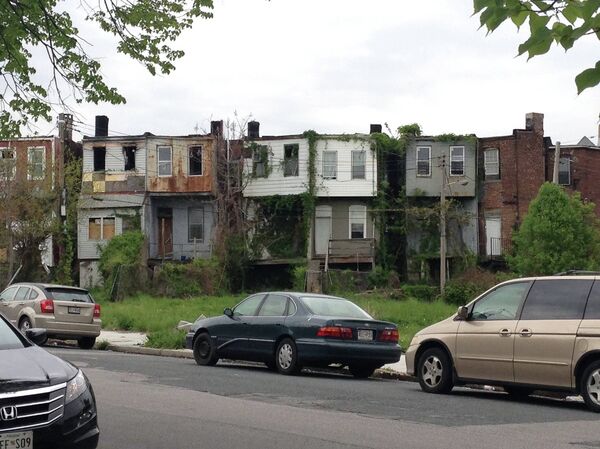Following the death of Freddie Gray at the hands of the Baltimore Police, an incident that sparked days of demonstrations that included several scenes of boiling-point public rage, an issue apart from police brutality has been thrust into the spotlight: the adverse health effects of growing up in a poverty stricken neighborhood.
One of the biggest issues therein is lead poisoning and its alarmingly high rates in lower-class Baltimore neighborhoods.

Beyond affecting a person’s cognitive function, studies also suggest that lead poisoning can cause an increase in aggression.
Statistics from 2009-2013 indicate that around seven percent of children younger than six growing up in Gray’s neighborhood had dangerous levels of lead in their blood, more than double the average rate for the city as a whole. The neighborhood also has double the city’s average murder rate.
In Sandtown-Winchester, the area where Gray was thrown in the back of a police transport vehicle, the life expectancy is only marginally above that of someone in Syria, and is far below that of someone in Iraq or North Korea. One in five junior high school students also misses over 20 days of school per school year, and that goes up even higher for high school aged kids, 45% of whom have this truancy rate.
While gaps like this exist in many urban areas in the US, Baltimore’s life expectancy discrepancy is double that of New York City, where a baby born in Murray Hill can expect to live nine years longer than a baby born in East Harlem. It only takes being born six subway stops apart to be able to statistically say you can expect nearly a decade shorter life.
From these gloomy statistics, one can’t help but wonder whether they may play a part in why Baltimore has the highest concentration of heroin addicts in the nation. The Sandtown-Winchester neighborhood has also sent more of its population to prison (458 in February, according to the Justice Policy Institute and the Prison Policy Institute,) than any other census tract in the entire state of Maryland.
More than half of the households in the community earn less than $25,000 a year and over one fifth of the neighborhood is unemployed — double the citywide average.
Perhaps understanding how these massive social and economic disparities affect the lives of those living them may help us understand where the frustration and outrage being expressed in the city’s streets is coming from.




